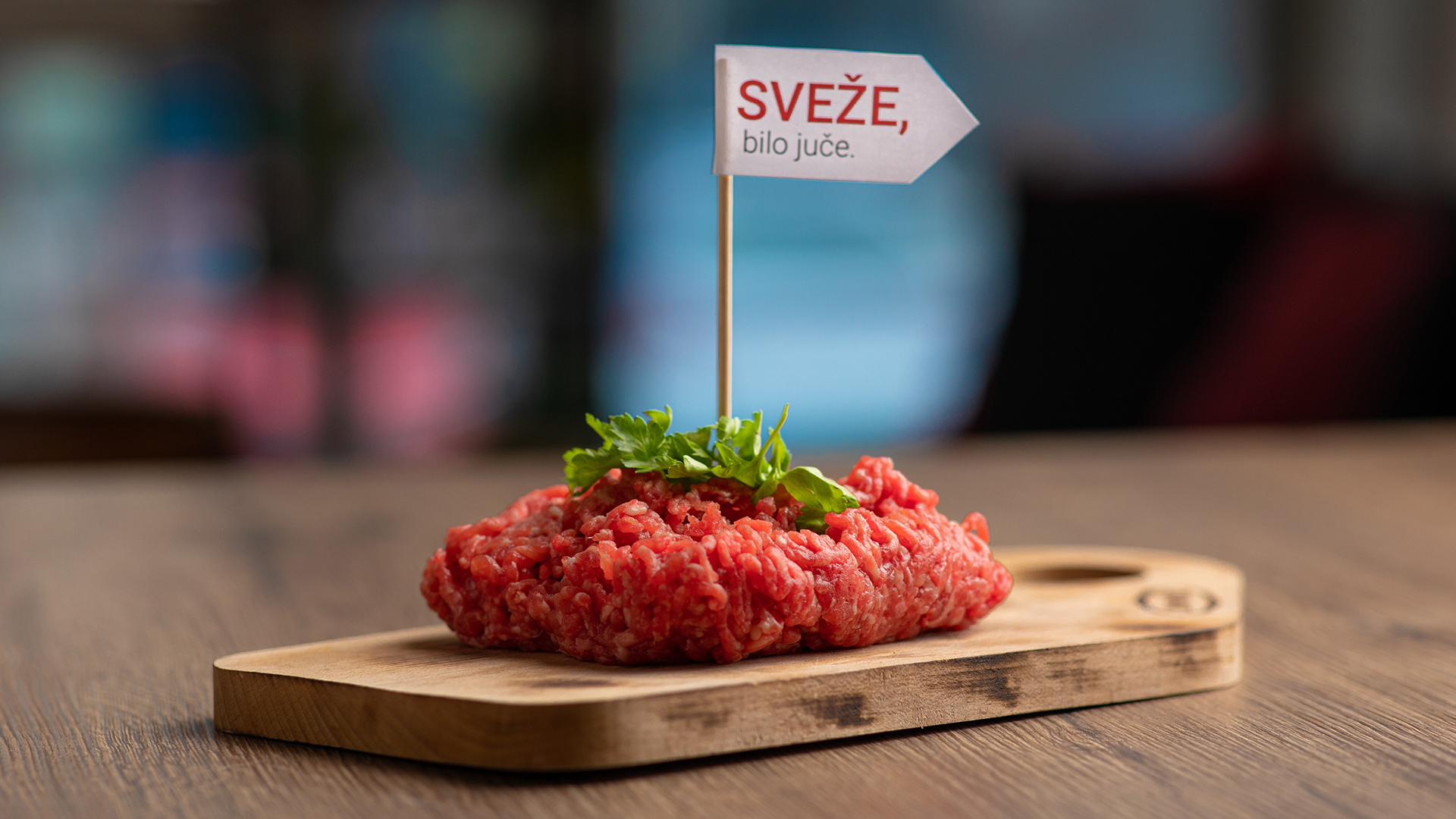EITHER IT WORKS OR IT DOESN 'T
Why there is no second-best-slogan

In the Soviet Union, it was customary to separate products into categories. But in such a way that even the poorer categories get a positive connotation. For example: meat of freshness of the second category. Bulgakov didn’t like that:
‘’Oh, that’s absurd. Freshness of THE SECOND category. Freshness only comes in one category – the first one, and that’s it! And if something is fresh in another category, it just means it’s ROTTEN.”
And I don’t like it either. Especially since I realized this was true for slogans, at least as much as for meat. And yet, you will often hear, “Send us a few suggestions, and we will choose.” So today I’m spending my hours exploring whether there can be a few of the best slogans or just one.
WHAT’S A SLOGAN?
The slogan is one of the basic parts of the brand. You see the logo, you hear the slogan and you read it. And what you hear and read depends on the strategy. The slogan should therefore translate a key part of the strategy into words. And to do it so that those words are etched into your brain quickly and in the long run.
WHAT ‘S A GOOD SLOGAN?
A good slogan conveys the right message in the right way. There is no one right way, but there are some criteria:
Not a single word in excess: every word in the slogan has its place and function. If the slogan has the same meaning without one of the words – that word is redundant.
Each word the right one. Synonyms exist. The slogan must choose the form of the word that best reflects the tone of communication and the spirit of the brand.
A minor riddle. A good slogan does not repeat the obvious, but gives you enough information to draw your own conclusions. The feeling when you succeed in doing so is a mini-reward. The slogan is therefore a matter of feeling, as much as of information.
Unusual, but familiar. The slogan must be original and yet look familiar. It’s okay to use a phrase or a syntagm from a language, if the new context changes the original meaning.
Sticky as all hell. It depends on the stickiness how much the slogan “will catch on”. It depends on the stickiness of how quickly a slogan (idea, song) stays with you. There is good and bad stickiness. It’s good when there’s something in your head, but it doesn’t annoy you. It’s bad when… well… you get the idea.
AND THE BEST?
Even with all these criteria, you will come up with many versions of the slogan at the beginning. Then the refining begins. Do any of the slogans have extra words? Do they have the wrong word? From one slogan you take one thing, from another something else. Cut it short. Connect it. Synonymize. In the end, through about twenty iterations, words lose their meaning, but you get to that one slogan. That one slogan is the best, because it actually comes from all the other proposals and iterations.
So when you need to submit three versions, you already know which one is better and why. Mostly you line them up and emphasize them in your presentation. And then the question remains who should we trust: personal taste or process?
ANALYSIS, NOT BELLS AND WHISTLES
Creative work is not elusive magic. For creative work, criteria and process are more important than inspiration and feeling. Of course, the best creative works combine all these elements. But when it is necessary to compare two slogans – the criteria are more important than personal taste. Since the copywriter is immersed in the process, it is more likely they will make a good assessment regarding the slogan. (Even if we agree that there is no objective criterion for the quality of creative work).
That means that sometimes you’re going to have to throw away an idea that you really like. It also means that you will struggle until you write something that passes all the criteria. But it also means we’ll never get to the top TWO slogans.
You’ll get to one and you’ll know why it’s better than all the others. So every time we look for or get multiple slogans, we should be aware that there is one (or none) GOOD slogan in that group, and that all the others are simply…
BAD!

